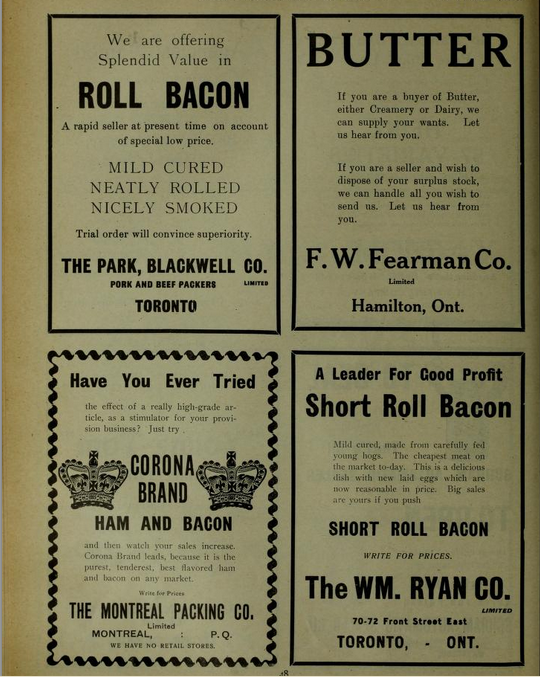In Mother Jones Kevin Drum discusses the plight of the poor poll organizations who have seen yet another drop in their telephone response rates. A recent report said that the average response rate for polling companies this year is 11.8%, and that’s a 1.9% drop from 2012. It probably explains why the polls seem less accurate every election.
I assume the problem here is twofold. First, there are too many polls. A few decades ago it might have seemed like a big deal to get a call from a Gallup pollster. Sort of like being a Nielsen family. Today it’s not. Polls are now conducted so frequently, and the public has become so generally media savvy, that it’s just sort of a nuisance.
More generally, there are just too many spam phone calls. The Do Not Call Registry was a great idea, but there are (a) too many loopholes, including for pollsters, and (b) too many spammers who don’t give a damn. When the registry first went on line, my level of spam phone calls dropped dramatically. Since then, however, it’s gradually increased and is now nearly as bad as it ever was. I won’t even pick up the phone anymore if Caller ID suggests it’s a commercial call of some variety.
We’ve been seriously talking about dropping our land line: fewer than one call in ten is from anyone we know or do business with. Most of them are (real or fake) surveys, “Microsoft” scam calls, and “You’ve won a cruise!” spam. WestJet seems to think I’ve flown with them and keeps calling me to say “Thank you for flying WestJet” (the harassing phone calls make it exceedingly unlikely that I’d voluntarily do any business with them if I have a choice in the matter). My favourites are the “This is a very important call about your current credit card.” Those ones we hang up within three syllables on average.

 I haven’t been posting much about the Adrian Peterson situation, partly because I was still waiting for the picture to clarify and partly because it just depressed the hell out of me to think about it. I agreed with the Vikings’ decision to deactivate Peterson for Sunday’s game against New England, even though it clearly distracted the team and disrupted the game planning: it was the right thing to do. I was shocked and dismayed when the team announced that Peterson would be returning to the team on Monday and would play this weekend in New Orleans.
I haven’t been posting much about the Adrian Peterson situation, partly because I was still waiting for the picture to clarify and partly because it just depressed the hell out of me to think about it. I agreed with the Vikings’ decision to deactivate Peterson for Sunday’s game against New England, even though it clearly distracted the team and disrupted the game planning: it was the right thing to do. I was shocked and dismayed when the team announced that Peterson would be returning to the team on Monday and would play this weekend in New Orleans. 


 North Korean officials paid a visit to a London hair salon to question why it had used their leader Kim Jong-un’s picture in a poster offering haircuts.
North Korean officials paid a visit to a London hair salon to question why it had used their leader Kim Jong-un’s picture in a poster offering haircuts.




